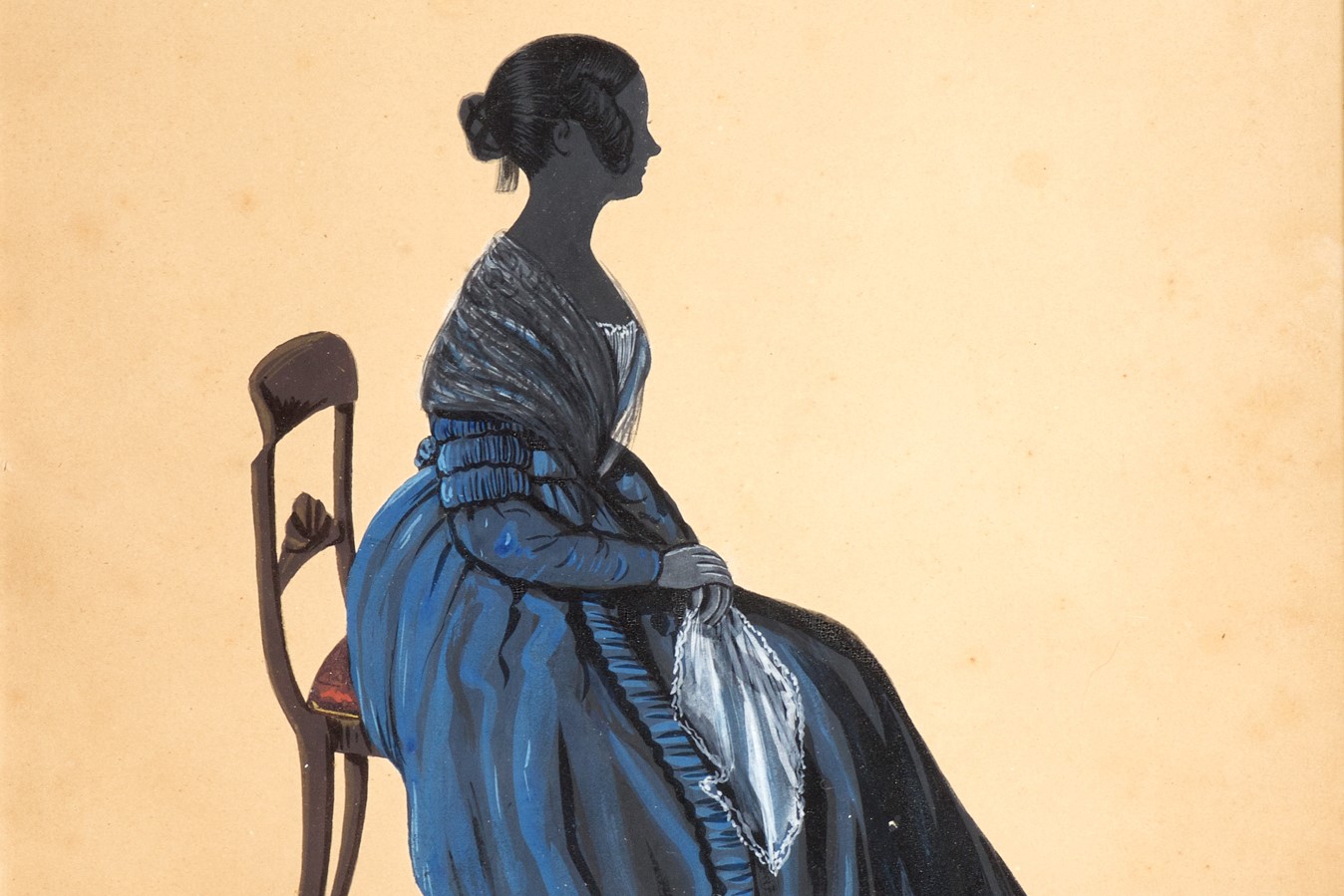Record details
| Mrs Prichard silhouette | |

|
|
|
This Mrs Prichard was the wife of Dr Octavius Prichard, and had the role of superintendent at Abington Abbey asylum. After her husband’s death she married his cousin, Dr Thomas Prichard, who took over the running of the asylum. Fundamental changes in society in the late 18th into the 19th century as a result of the move from an agricultural society to a more industrial one, together with significant population growth, led to major reforms in the way that those considered to be mentally ill were cared for. The previous family and parish based systems no longer worked and more institutional based arrangements were sought. The early 1800s saw a great shift in not just the structures for dealing with the mentally ill, but also in how they should be treated. Care in the early asylum was largely, characterised by chains, manacles, coercion and whipping. Reformers looked to ways of treating people which could be considered as more humane. By the opening of the Abington asylum in 1845, a means of treatment known as moral management had evolved that was thought to alter a patient’s behaviour. The idea was that outdoor exercise, organised leisure pursuits and religious participation could lead to recovery. |
|
| 1845 - 1844 | |
| Paper, pencil and ink | |
A place to workIn this section of the exhibition discover how the house has been a place of work. There have been many different types of jobs for people in Abington. Once mainly agricultural, more recently the area has been home to shoe factories and breweries. Dr Prichard established a private asylum at Abington Manor in 1845. He was at the forefront of the non-restraint movement and believed physical restraint of patients was not necessary with proper treatment. |
|
| On display in the work zone at Abington Gallery 1 |
